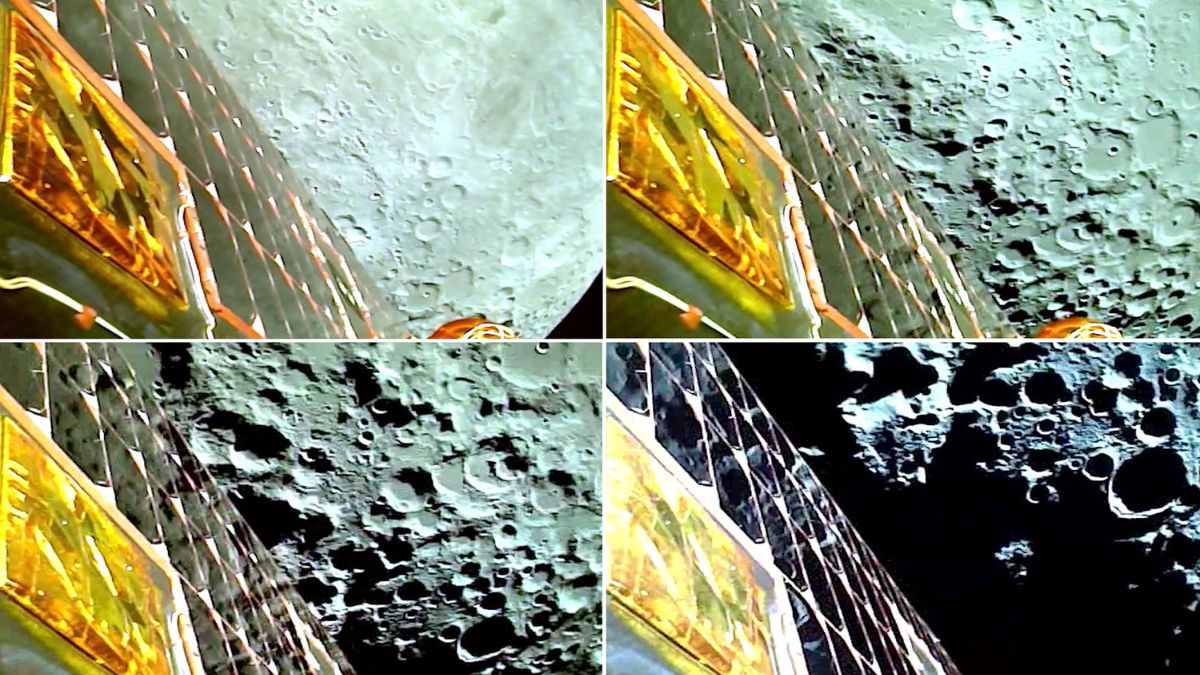- By Radha Basnet
- Tue, 22 Aug 2023 01:06 PM (IST)
- Source:REUTERS
Chandrayaan-3 Moon Mission: India's space agency is all set to make an attempt to land a spacecraft on the moon's south pole on Wednesday, August 23. If the mission gets successful, it will have an impact on both future lunar exploration and India's status as a space power.
The Chandrayaan-3 mission was launched on July 14 from India's main space centre in the southern state of Andhra Pradesh. On Sunday, India's lunar mission successfully reduced the orbit of its Lander Module moving closer to the moon. All eyes are on Chandrayaan-3 and it has become a centre of attraction after Russia's failed attempt to beat it to a landing on the moon's south pole.
Chandrayaan-3: Here Are Key Factors About ISRO's Moon Mission
- Chandrayaan-3 is aimed at the lunar south pole, a region where there is water ice, or frozen water, which might serve as a source of oxygen, fuel, and water for upcoming moon missions.
- If it lands successfully, Chandrayaan-3 is expected to remain functional for two weeks while conducting a number of experiments, including a spectrometer analysis of the lunar surface's mineral composition.
- The Chandrayaan-3 lander is roughly the size of an SUV, standing around 2 metres tall and weighing slightly over 1,700 kg.
Chandrayaan-2: Attempts And Challenges
In 2019, India's attempt to land Chandrayaan-2 on the lunar south pole failed. It successfully deployed an orbiter but its lander and rover were destroyed in a crash near where the Chandrayaan-3 will attempt a touchdown.
Moon's polar regions are highly challenging as many areas are entirely in the dark, where the sun never shines and the temperature can fall below 230 degrees Celsius. Therefore, rough terrain is one of the complications for a south pole landing.
Chandrayaan-3 Moon Landing: Political And Economic Stakes
If all goes well, India will become the fourth country to successfully land on the moon, after the former USSR, the United States and China. A successful moon landing would mark India's emergence as a space power as Prime Minister Narendra Modi's government looks to spur investment in private space launches and related satellite-based businesses.
(With Agencies Inputs)

